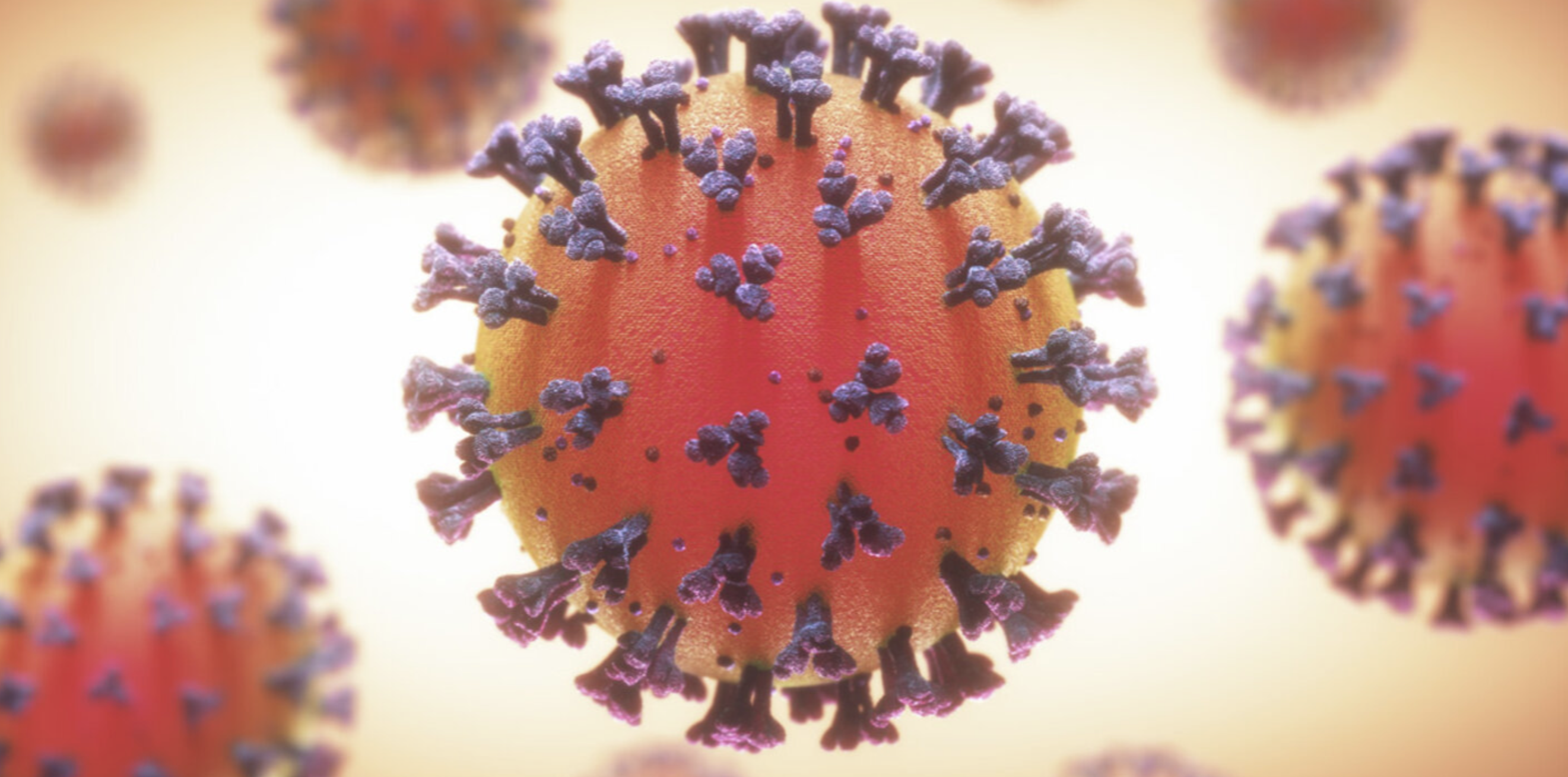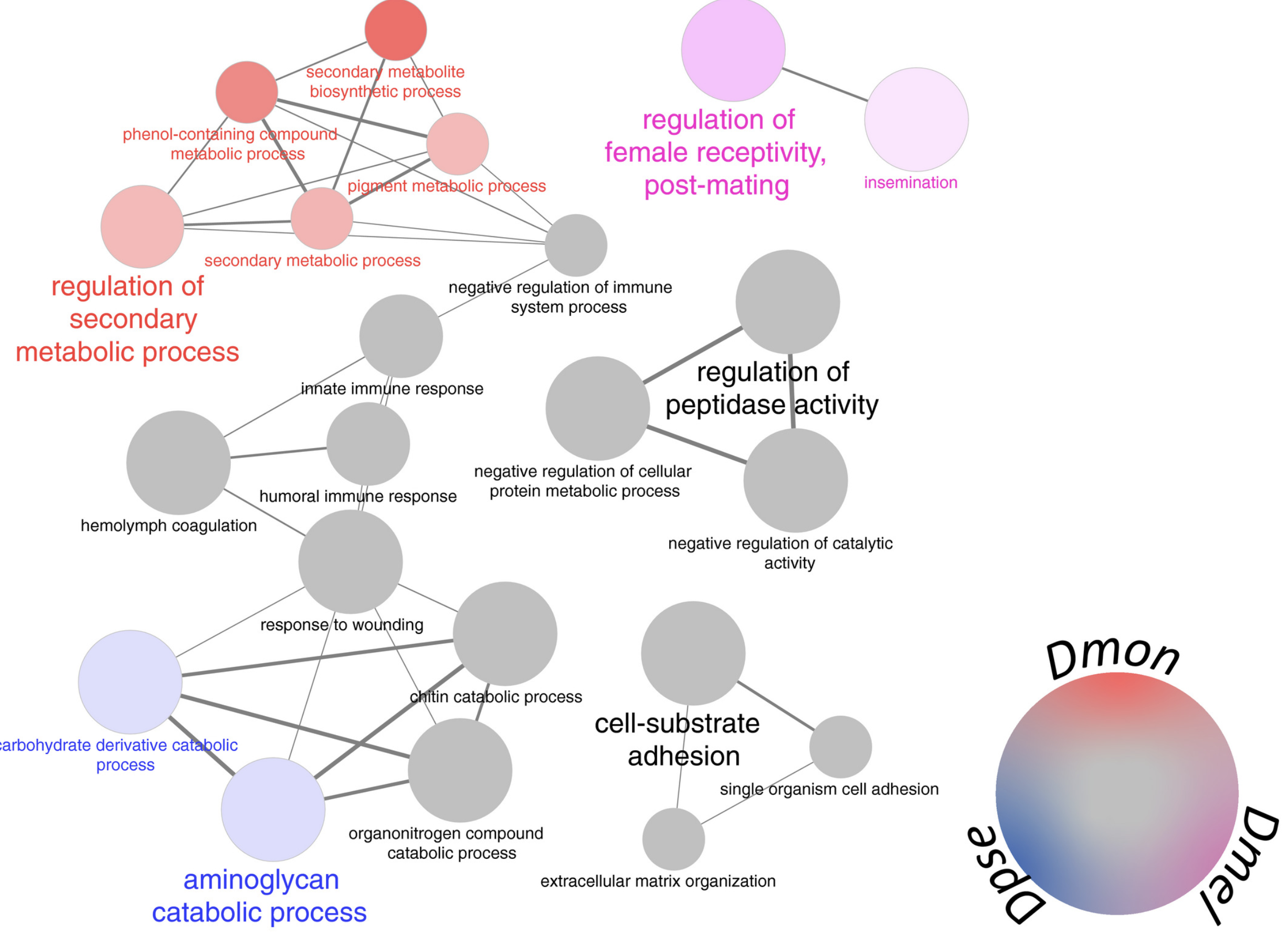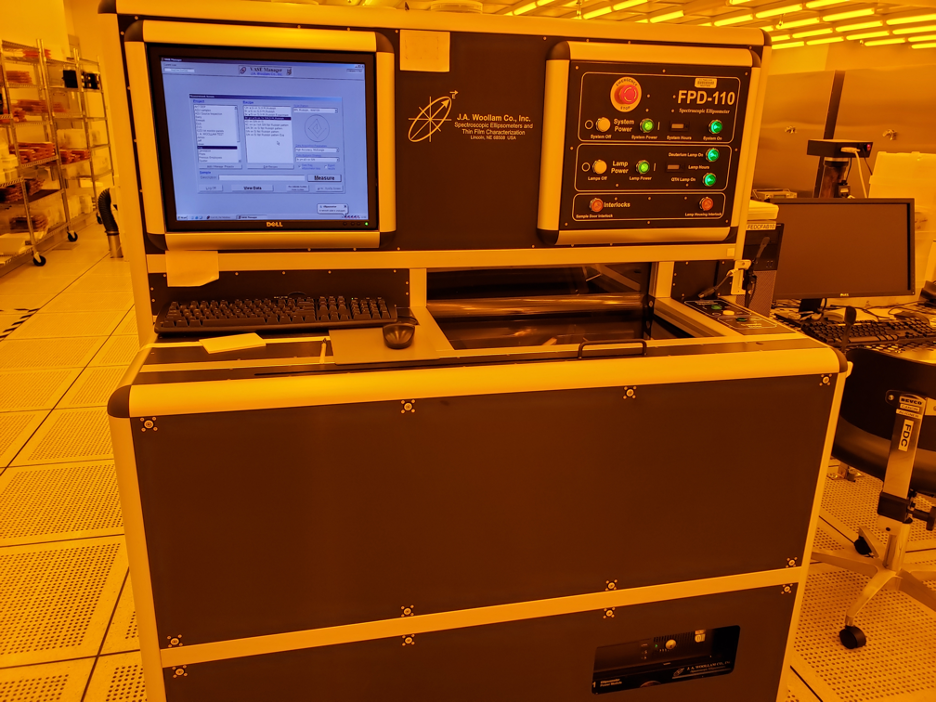


Happy New Year! ASU Core Facilities continue to safely operate and are ready to support our community's research needs. Please check out the latest news, events and seminars taking place in January.
Articles

Identification of a SARS-CoV-2 variant
Dr. Efrem's lab identified a SARS-CoV-2 sample from an individual in Arizona with the S gene dropout (deletions of amino acids 69/70 in the Spike protein) which is of interest as the U.K. B.1.1.7 variant of concern shares this same deletion. The sample was sequenced and found belonging to the B.1.375 lineage that has been circulating the U.S. in low levels over the past couple of month, confirming that the B.1.375 lineage is present and likely circulating in Arizona. Note that this does not necessarily mean that there is a more infectious/deadly variant in the state.
Results can be found in the GISAID database with the accession ID EPI_ISL_812144
ASU authors includeAuthors: LaRinda A. Holland, Peter T. Skidmore, Emily A. Kaelin, Nicholas J. Mellor & Joy M. Blain (Genomics Core), Kristina Buss (Bioinformatics Core), Valerie Harris, Joshua LaBaer, Vel Murugan, & Efrem Lim
Seminal fluid protein divergence among populations exhibiting postmating prezygotic reproductive isolation

Seminal fluid protein comparisons for GO Biological Process terms across species. Circle size is associated with level of significance with increasing size indicating increasing significance. Node colour indicates proportion of genes from each species associated with a term: Drosophila montana (red; Dmon), D. melanogaster (pink; Dmel) and D. pseudoobscura (blue; Dpse), shared terms are shown in grey. Min. GO level = 3, max. GO level = 8. Number of genes/% genes per group: D. montana 3/3%, D. pseudoobscura 6/6%, D. melanogaster 12/12%. Percentage significance = 55%, kappa‐score threshold = 0.25
This paper was a collaboration between Associate Research Professor, Tim Karr, (Mass Spectrometry Core), Caris Life Sciences and several European Universities.
Equipment Higlight
Woollam M-2000 Spectroscopic Ellipsometer

ASU's Advanced Electronics and Photonics Core Facility (AEP) located at the MacroTechnology Works provides comprehensive electronics capabilities bridging the high risk resource-intensive gap between innovation and product development. Here are just a few of the possible research applications utilizing the Woollam M-2000 Spectroscopic Ellipsometer.
The M-2000 Spectroscopic Ellipsometer measures the change in polarization state of light reflected on a surface and the change compared to the model. Ellipsometry characterizes thickness, optical constants, conductivity, roughness, and crystallinity. Most recent examples of the application are:
- An anti-reflection coating for a specific wavelength of visible light.
- Compares the relative film density of PECVD dielectric films.
- Checks for deposition film consistency.
- Determine if the deposited film is amorphous or features some crystallinity.

